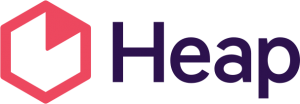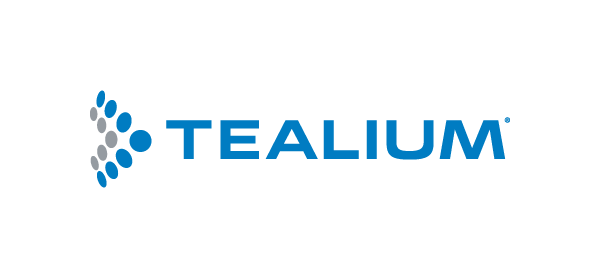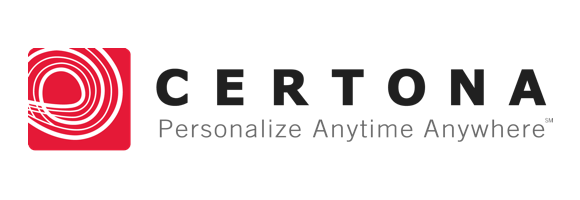Digital Analytics & Experience Optimization
Solution Scope
At Initech Global, we take pride in establishing and maintaining relationships with our clients. One of our closest partners is Amway. We work with Amway across multiple projects and multiple teams. These projects and teams range from engineering to analytics. Some of the teams we work closely with are the Digital Analytics Enablement team and the Experience Optimization and Personalization Enablement team.
Digital Analytics Enablement
Working with the Digital Analytics Enablement team at Amway, we were able to assist in maintaining the integrity of Amway’s Tealium ecosystem and support the Heap project launch across all ecommerce sites.
Heap is a product analytics tool that assists in understanding the user journey and user experience. Heap analyzes users who go to a particular site or app by tracking user interactions within the site. This is useful not just for companies, but for anyone. Heap allows people to make decisions based on user interactions on a product.
Tealium is a tag management system used on digital properties making it easier manage, maintain, and implement tags. A tag, sometimes commonly referred to as a pixel, is a snippet of JavaScript code that requires users to integrate into their digital properties such as sites to do certain tasks. These tasks can include product recommendations, surveys, advertising, and even a live chatting service.
Supported technology stack:
- Tealium
- Heap
- Lucky Orange
- Google Ads
- Facebook Pixel
Experience Optimization & Personalization Enablement
In addition to assisting the Digital Analytics Enablement team, we also supported the Experience Optimization and Personalization Enablement team. Working together with DAE, this team supports other technologies through Tealium such as Optimizely and Certona, as well as several other technologies to improve the user experience across all ecommerce sites.
Optimizely specializes in A/B testing which allows us to experiment with different variations of certain pages, at random to users, to study which variation is statistically more efficient.





